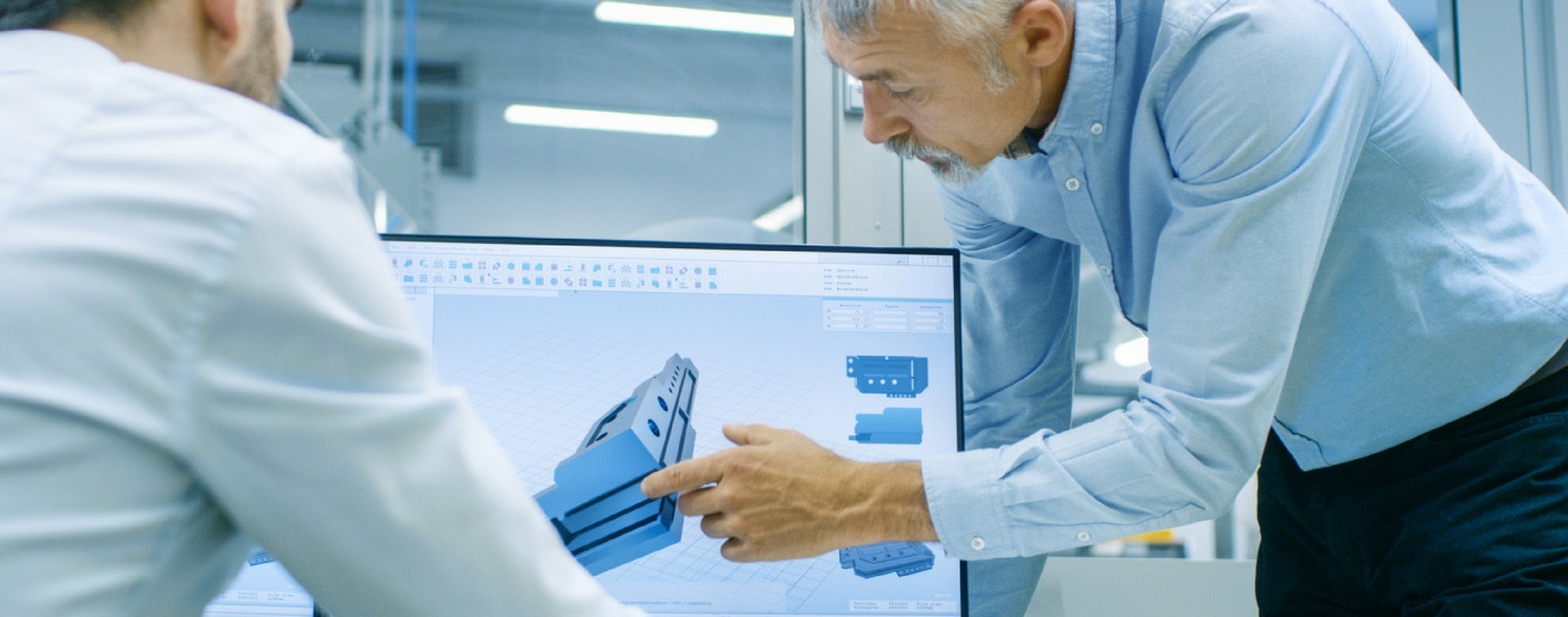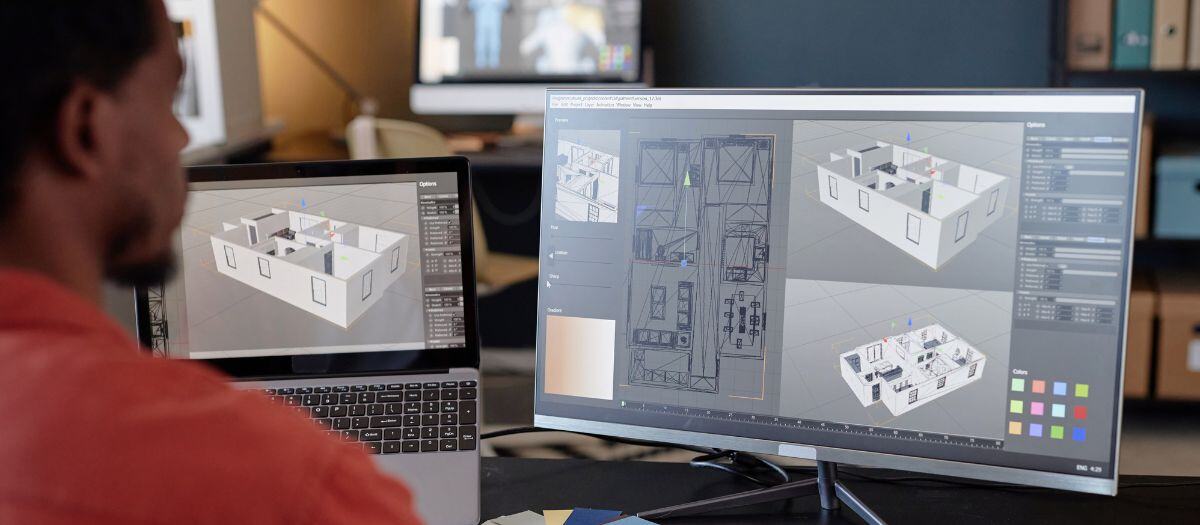
We know routine or repetitive tasks are essential for the operation of engineering firms, but they also take up valuable time and resources.
There’s a wide range of engineering functions and activities that are suitable for design automation including:
-
generate bills of material
-
pass critical data to proposal drawings
-
transfer item lists and order information between design and accounting software
When we streamline these and other activities, we find that teams reduce errors, free up valuable time, and overall automation has a positive effect on any organization’s bottom line.
Benefits of Design Automation

A design automation solution can help your company improve the efficiency of your team and get more done with less effort. For instance, you can generate sales proposals complete with drawings and 3D renderings quickly, and offer a high level of customization with no added costs.
By eliminating time-consuming, repetitive manual tasks, organizations can free up resources to innovate and improve the quality of your products or services. A standardized process ensures consistency across the organization while eliminating costly human errors.
In addition, the integrated system enables critical knowledge to be captured and distributed throughout the organization. A well-implemented design automation solution will help you lower costs, streamline processes, shorten turnaround time, and increase customer satisfaction.
How Design Automation Is Applied at Engineering and Design Firms

Manufacturers in different industries benefit from design automation in a variety of ways to improve their efficiency and increase their ROI. Here are just a few examples of how a customized design automation solution can help design and engineering firms become more efficient and profitable:
Eliminate Mistakes from Repetitive Data Entry
A design automation application can be used to pass item and bill of material information bi-directionally between CAD, MS-Office, PDM/PLM, and ERP systems. For example, a cabinet manufacturer can leverage this capability to complete part designs, generate bills of material, and pass them to its ERP system seamlessly to avoid bottlenecks and costly human errors.
Improve Customer Satisfaction
A refrigeration control valve manufacturer developed an automated CAD tool for its customers by using iLogic with Autodesk Inventor to automate the input of design parameters, generation of parts, assemble drawing files, and update iProperties. This CAD tool enables its customers to configure and integrate valve assemblies without additional wait time and helps deliver a better customer experience.
Generate Immediate Proposals
The field sales staff of a partition manufacturer can automatically generate proposal drawings and synchronize all data, with the home office, in real time, so they can provide accurate quotes as they meet with prospects and close more sales. This is made possible by the integration of the various systems to ensure seamless communication between corporate and reps in the field.
Reduce Turnaround Time and Increase Customization Capabilities
The ability to quickly search and access existing information, past proposals, and designs, means the sales team can turnaround proposals much faster while customizing each one to meet the needs of the customers.
An indoor seating system manufacturer cut its turnaround time for quotes and submitting drawings, from two weeks to one hour while the labor time per proposal went from hours to minutes. In another case, an emergency vehicle manufacturer was able to automatically generate proposal drawings customized to the unique needs of each new customer, which increased their close rate.
Bringing Design Automation Into Your Process

A design automation solution implemented to meet the needs of your organization is the key to becoming more cost-effective and competitive in the engineering and manufacturing industry. However, there are many moving parts – from architecting the solution to integrating the software with your existing applications – that can impact the success and efficiency of the system.
At Hagerman, our team of experts helps our clients customize every aspect of their design automation solutions to make sure the latest technologies are implemented to meet their needs.
-
Scoping: We start the process with scoping and analysis to make sure we understand your unique challenges and requirements.
-
Solution: We help you select the best technologies and architect the solution to meet your needs.
-
Project Management: Our project managers will be with you every step of the way to make sure everything is delivered on time, and nothing falls through the crack.
-
Implementation: We implement and customize all the software applications so they work seamlessly with each other and with your existing system.
-
Consultation: We can also provide consultation on hardware, operating systems, networking software, and Internet technologies to make sure everything is integrated without a glitch.
-
Training: Our team will train your internal staff to get the most out of the new design automation solution.
-
Support: We also provide ongoing application development support to help you maximize the use of your new system.
Click here to learn more about our Design Automation Services and see how Hagerman can help you streamline your process and increase your profits.




Comments